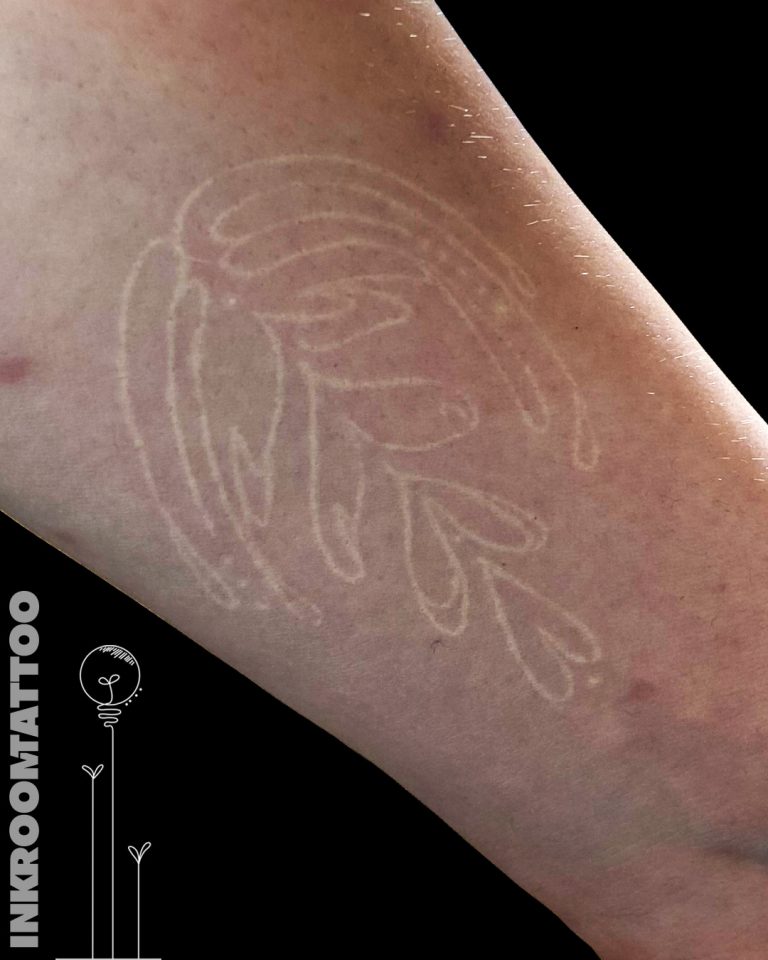- 1056 Budapest, Március 15. tér 2.
- +3630-914-3215
Tattoos are a fantastic way to express our individuality, and they’ve long been a cornerstone of fashion. Lately, white ink tattoos have been gaining more and more popularity.
This tattoo style uses only white ink, resulting in a subtle and delicate design that, once healed, is often barely noticeable at first glance.
Of course, creating a white ink tattoo isn’t as straightforward as working with black or colored ink. The artist’s experience, your skin tone, the placement of the tattoo, and proper aftercare all play a crucial role in the final result.
If you’re considering a white tattoo, you can count on us – we have years of professional experience and the skill to make it truly shine!

If you’re thinking about getting a white ink tattoo, here are a few important facts you should be aware of:
This makes it more challenging to create clean, crisp lines. White ink was originally intended as a highlight color, not for use on its own. Because of its density, it can slightly raise the surface of the skin, which may lead to an uneven texture or unwanted appearance.
Tattoos are permanent, but all tattoos naturally fade over time — especially white ones. Factors like sun exposure or frequent tanning can speed up this process. Just like skin tans, so can a white tattoo, depending on your natural pigmentation.
Online photos of white tattoos often show them fresh, when the ink is still bright and the lines are sharp. But the final result after healing can be very different — and it’s impossible to predict exactly how it will look once fully healed.
As the tattoo heals, a new layer of skin (around 2mm thick) forms over the ink. Your natural skin tone affects how the white ink appears, often muting the color or giving it a yellowish or beige tint. Healing outcomes vary from person to person, but with white ink tattoos, they can be especially unpredictable.
If placed too close to existing colored tattoos, white ink can mix with older pigments or even stencil ink, which may lead to a distorted or muddy final result.